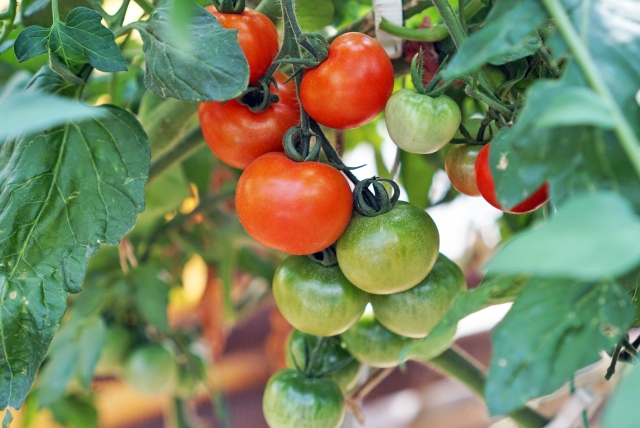
With the arrival of the rainy season and the rise in temperature, it feels like the growth speed of the tomatoes has significantly increased. We’ve started seeing more fully ripe, red tomatoes like these, and now we can harvest a little bit every day.
One day, however, I found a tomato that had become overripe, split, and fallen off. It was unfortunate to see it go to waste, but instead of throwing it away, I decided to use it for harvesting seeds for the next year.
So, in this guide, I’ll introduce how to harvest and store seeds from ripe tomatoes for next year.
Is it difficult to grow tomatoes from seeds? Methods for germinating tomatoes from seeds

Prepare a fully ripe tomato
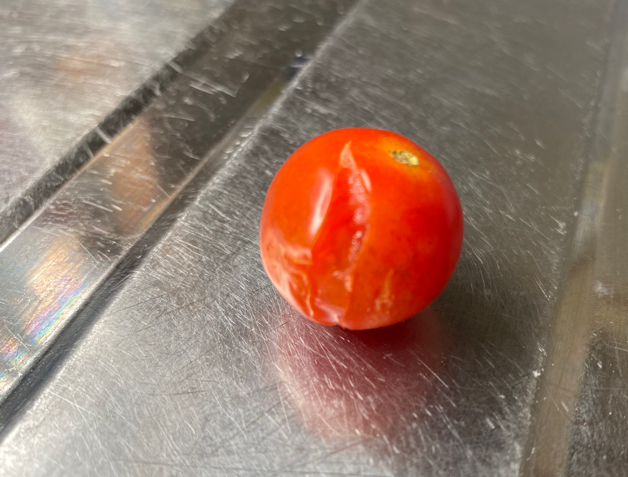
Since the goal this time is to harvest seeds for the next year, prepare a fully ripe tomato.
You can harvest the seeds before eating the tomato, but I used a tomato that had become overripe and fallen, to repurpose it.
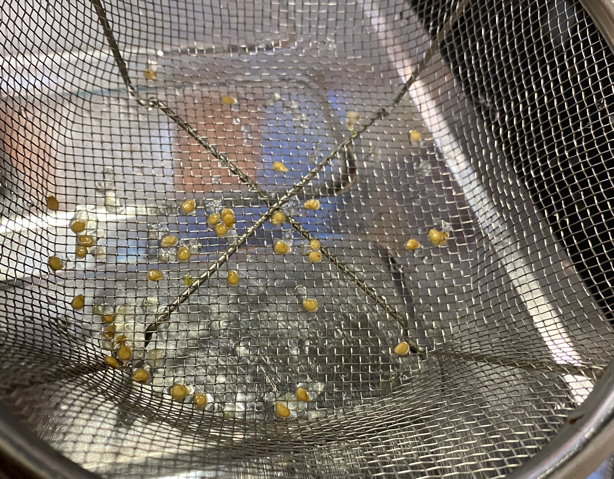
Next, take out the seeds from the tomato and wash them.
It is said that the flesh remaining around the seeds contains germination inhibitors, so make sure to clean them thoroughly to ensure the seeds are in good condition for storage.
Dry the harvested tomato seeds for about 2-3 days
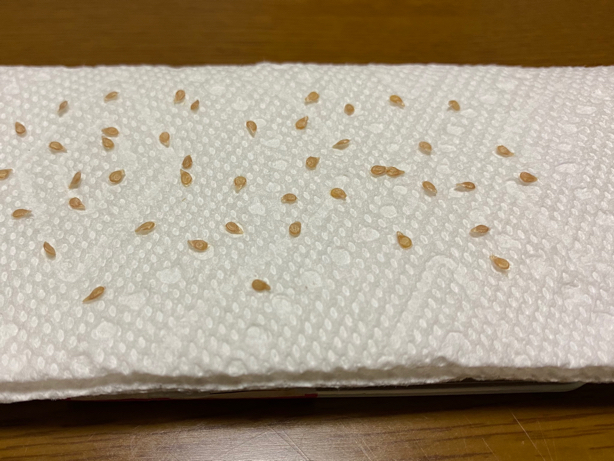
Once the tomato seeds are thoroughly washed, spread them out on a kitchen paper towel and let them dry for about 2-3 days. Be careful not to accidentally moisten the paper towel, as this could cause the seeds to germinate.
Store the tomato seeds in a way that does not meet germination conditions
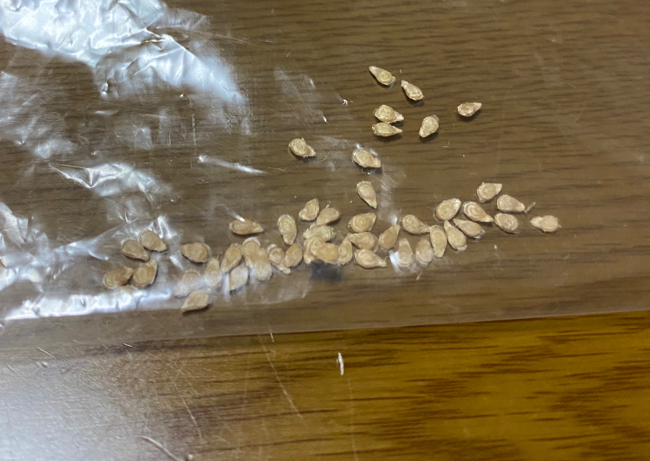
This applies not only to tomatoes but to all seeds: they each have specific conditions that make them more likely to germinate. When these germination conditions are met, the seeds are triggered to start growing. Conversely, if these conditions are not met, the seeds will not germinate.
- Adequate moisture: Seeds need consistent moisture to soften the seed coat and initiate germination.
- Optimal temperature: Tomato seeds typically germinate best in warm soil temperatures ranging from 70°F to 85°F (21°C to 29°C).
- Proper depth: Tomato seeds should be planted at a depth of about 1/4 inch (6 mm) in the soil.
- Light: While some light may aid germination, tomato seeds do not require light for germination and may even germinate better in darkness.
Firstly, water is a big enemy.
You need to store them carefully, being mindful of moisture.
Tomato seeds are negatively phototropic, so when you want them to germinate, covering them lightly with soil from above makes it easier for them to sprout.
Since this method is for storing seeds until the following year without germination, it’s a hassle to provide sufficient light to the seeds for storage, and it requires too much effort as a storage method.
-
- seal them tightly in a plastic bag to prevent moisture from entering.
- store them in the refrigerator to maintain a temperature unsuitable for germination.
By sealing them in a plastic bag to keep out moisture and storing them in the refrigerator, you can keep them away from the conditions required for germination while preserving the seeds in good condition.
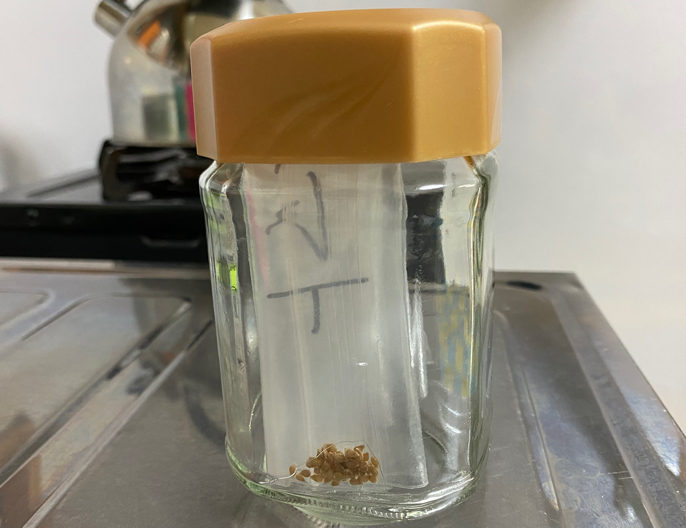
Once you’ve placed the seeds in the plastic bag, make sure to label the bag with a pen indicating the type of seeds inside.
Since they can be compactly stored, you can pack them into empty bottles and store them in the refrigerator.
If you have other seeds you’d like to save for the following year, follow the same procedure to store them.
With just a few tomato seeds, you can enjoy gardening the tomatoes next year as well
I’ve introduced a method for harvesting and storing seeds for next year from fully ripe tomatoes.
While tomato seeds have a high germination rate, for home gardening, you typically only need about 1 to 3 plants. In such cases, you can either grow 3 seedlings or propagate additional plants from side shoots through cuttings.
In my experience, the germination rate from seeds was around 80-90%, so having about 10 seeds reserved for next year should be more than sufficient.
I used overripe cherry tomatoes for this process, and even just the seeds from one tomato yielded more than enough for future use.
It’s a satisfying cycle to grow tomatoes from the seeds of ones you’ve cultivated and then harvest seeds for the following year’s crop.
Is it difficult to grow tomatoes from seeds? Methods for germinating tomatoes from seeds

【For Beginners】How to Bell Peppers from Seeds

How to take seeds of ripe cucumber



コメント